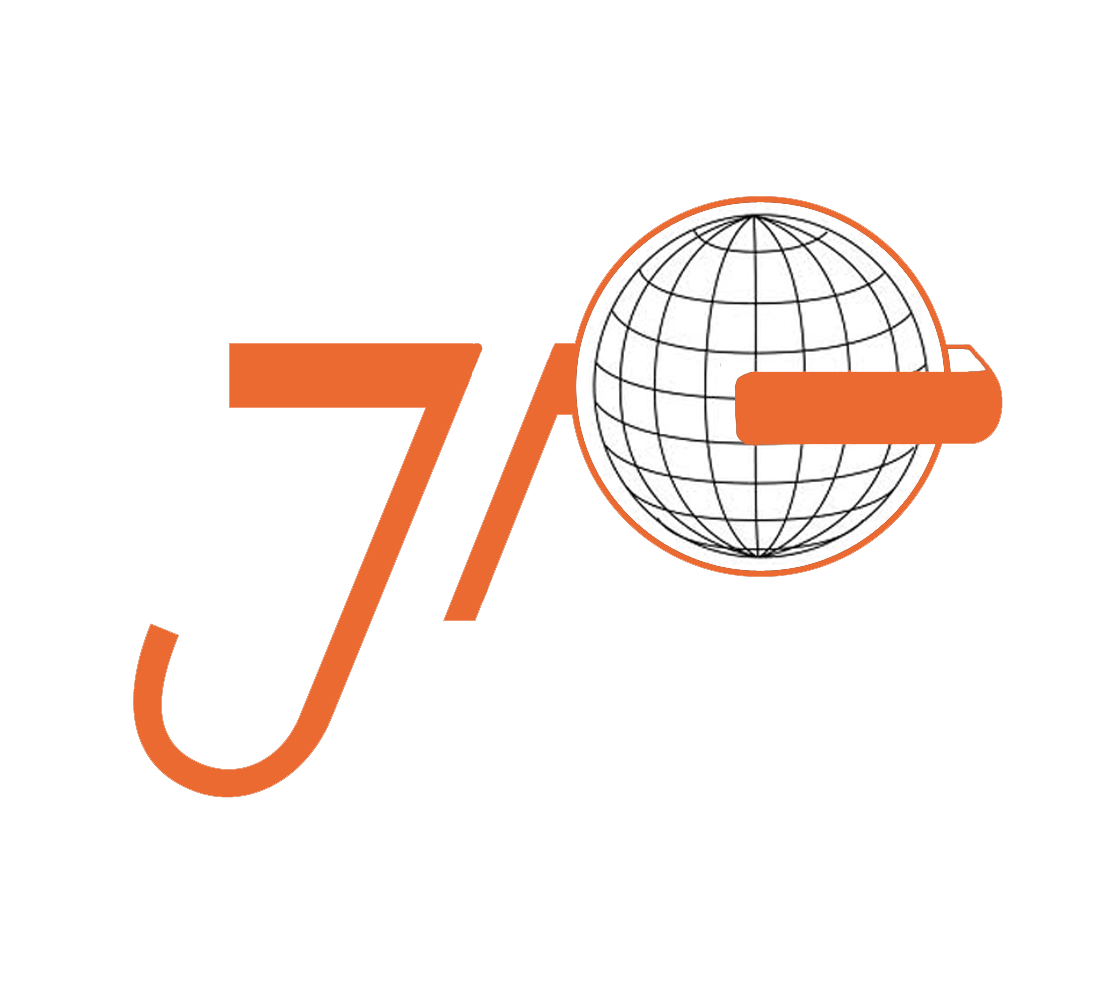Hauts-De-France: Where Dutch and French Collide
You may be thinking that Dutch and French happily coexist in one country and one country only: Belgium. Unfortunately for map-makers everywhere, nothing about language is that simple.
France is a country that shares borders with eleven other countries. Naturally, these borders have shifted over the course of centuries due to both the whims of the nation’s ruling class and international politics. Years after international borders have mostly hardened, these two languages continue to intermingle and influence each other in the far north of France. They do so many miles (or kilometers) away from the birthplace of the Latin language that gave rise to the French that we know, love, and study.
The map of present day France does not do that great of a job reflecting the linguistic diversity of the country. We are left with a rough hexagonal shape, L'Hexagone (not to mention the les DOM-TOM) in which accents, dialects, and languages span a country that is roughly the size of Texas. In order to create a stronger sense of nationalism and make governing easier, French rulers have taken on a policy of strong standardization when it comes to the nation’s language. This blog post over at talkinfrench.com notes that French (Parisian) replaced Latin to become the standard language of law and administration back in 1549, but it wasn’t until the 1880s when the French government began to impose French in educational settings.
Hauts-de-France
The Hauts-De-France region of France is at the tippy top of the aforementioned hexagon. Created in 2015, it’s a combination of the Nord-Pas-de-Calais and Picardy. Two of its biggest attractions are the capital metropolis of Lille, a reborn vestige of a once-thriving French rust belt, and the port city of Calais, which welcomes ships coming from all over the world and is known for its proximity to England.
Lille resides roughly 125 miles away from Paris, the city that has centralized and standardized the French language over the past few centuries. The city is also just a few miles from the Belgian border, a country whose official trilingual status— Dutch, French, and German are all official languages there- makes it an outlier among many monolingual European countries.
Languages Up North
The Hauts-de-France region hadn’t always been so monolingual, and up until recently was home to a thriving landscape of Standard French, Picard, and Flemish (or Western Dutch). Its regional accents are so iconic that there’s a movie dedicated to satirizing them, Bienvenue Chez Les Ch’ti’s. Ch’ti is a more common name for Picard, the language of the north. Picard is a Romance Language, and is spoken in Picardy and in parts of Belgium. Native-level speech is typically only found in for older populations. Picard has no official status in France, but it was granted recognition as a regional language in Belgium by its Wallonia-Brussels Federation. If you want to check out some written Picard, there is a copy of the Universal Declaration of Human Rights translated by the UN. Picard’s spelling was never standardized, but many people looking to record and study the language have gravitated towards the Feller-Carton orthography.
Lille has such a Flemish history that it even has a name in the language, Risjel. It resides in a region that was historically called French Flanders. Flemish, a variant of Dutch (a Germanic Language), was spoken in French Flanders up until 50 years ago by some accounts. Unfortunately, Flemish isn’t as popular as Picard among academics, so its legacy is not being as actively preserved by scholars. Unlike Picard, there is no standardized system of writing. Years ago, though, there used to be a yearbook called De Franse Nederlanden/Les Pays-Bas Français that was marketed towards the country’s Flemish-speaking population. It documented life in French Flanders, but is sadly no longer in print circulation. Both Picard and Flemish are predicted to be extinct by the end of the 21st century.
A map from the 1994 issue of De Franse Nederlanden
What the Future Holds
Hope for preserving Flemish culture remains! A newer website called Les Plats Pays is the successor to the print-editions of De Franse Nederlanden, and its team is working hard to keep Flemish life alive in the Hauts-de-France region. Some people even believe that knowledge of Dutch will help keep Flemish alive in academic and scholarly settings. Regardless, brushing up on your Nederlands will help you to fully appreciate the local life and culture on your next trip to Northern France!
Thanks for Reading!
Planning a trip to Flanders anytime soon? Brush up on both your French and your Dutch! Be sure to share this article with your friends, and give it a heart.
(Thumbnail photo by Dimitri Houtteman)


